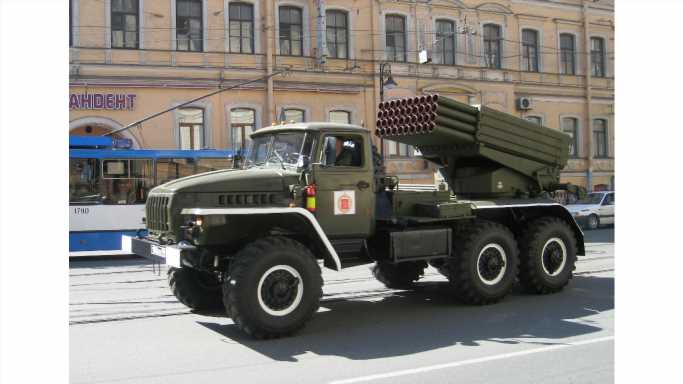Comparing Russian and Ukrainian Weapon and Vehicle Losses in the War So Far
Estimates of military and civilian casualties in Ukraine vary considerably. Neither Russia nor Ukraine publicizes the number of casualties, and more precise numbers may not be available for years. Until then, tallying the war’s toll on both sides remains, as the Associated Press described it in February, “an elusive goal,” adding that precise figures “may never emerge.”
The Center for Strategic and International Studies, a U.S.-based think tank, puts Russian military casualties (killed, injured, or missing) at “well over 200,000” as of February, while Western officials put Ukraine’s military losses at roughly half that number.
In March, the United Nations estimated Ukraine’s civilian casualties at nearly 22,000, adding that it believes the actual total is “considerably higher.” Additionally, the U.N. estimates approximately 13.5 million Ukrainians have been driven from their homes and 17.6 million are in need of humanitarian aid. (These are the 20 biggest bombs in Russia’s military arsenal.)
Setting aside the human toll of Russia’s invasion of Ukraine, another grim measure of Europe’s biggest military conflict since World War II is the losses of materiel like troop transports, tanks, missile systems, helicopters, and reconnaissance drones.
To compare Russian and Ukraine military equipment losses so far, 24/7 Wall St. used data from the GitHub repository Russia-Ukraine Equipment Loss Tracking. The repository mainly uses data from open-source intelligence analysis Oryx, but also includes a continuous stream of NASA FIRMS (Fire Information for Resource Management System) data, which detects fire in various sectors of the front. Data on the type most lost came from Oryx’s documentation for Ukraine and Russia’s equipment losses. Data is as of March 27, 2023. It is important to note the Ukrainian government releases far higher estimates of Russian equipment losses.
Based on these estimates, Russia has lost nearly 9,900 pieces of military equipment that were either destroyed, captured, damaged, or abandoned. These losses are led by nearly 2,400 trucks and similar vehicles, about 2,200 infantry fighting vehicles, and about 1,900 tanks. Common Russian losses include Kamaz military trucks used to move troops and equipment, BMP-2 infantry fighting vehicles, and the T-72 battle tank.
Ukraine, which is outnumbered in equipment and soldiers, has lost about 3,100 pieces of military equipment, led by 544 trucks and similar vehicles, 516 infantry fighting vehicles, and 485 tanks. Among these common targets are the ZIL-131 truck, the BMP-1 infantry fighting vehicle, and T-64 battle tank. Both sides are relying heavily on outdated Russian-made equipment. (Here’s how Ukraine’s newly bolstered tank army compares to Russia’s.)
In the skies, Russia has reportedly lost 198 reconnaissance uncrewed aircraft, seven uncrewed combat aerial vehicles, 80 helicopters, and 78 fixed-wing piloted aircraft. Likewise, Ukraine has lost 76 reconnaissance UAVs, 17 combat UAVs, 31 helicopters, and 61 fixed-wing piloted aircraft.
Here is what we know about Russian versus Ukraine military losses.
Sponsored: Tips for Investing
A financial advisor can help you understand the advantages and disadvantages of investment properties. Finding a qualified financial advisor doesn’t have to be hard. SmartAsset’s free tool matches you with up to three financial advisors who serve your area, and you can interview your advisor matches at no cost to decide which one is right for you. If you’re ready to find an advisor who can help you achieve your financial goals, get started now.
Investing in real estate can diversify your portfolio. But expanding your horizons may add additional costs. If you’re an investor looking to minimize expenses, consider checking out online brokerages. They often offer low investment fees, helping you maximize your profit.
Source: Read Full Article

